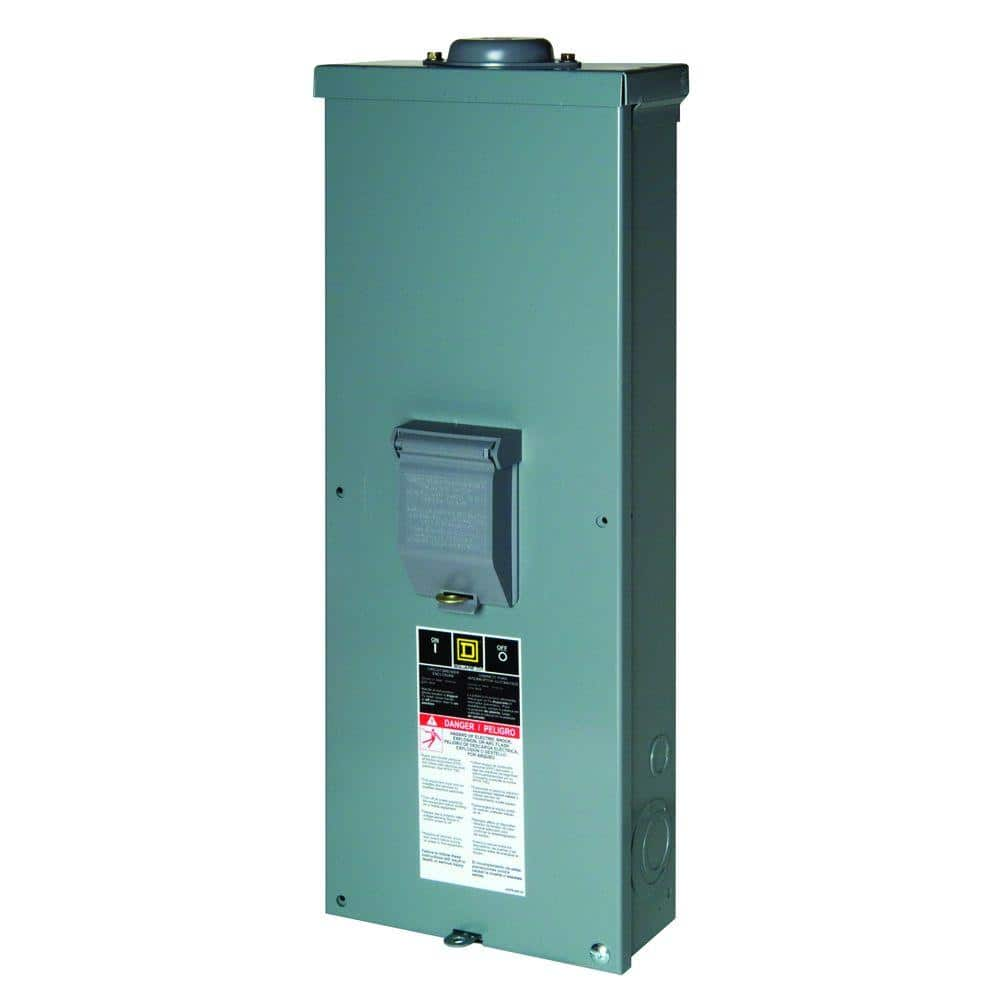solson223
New Member
I'm new to this forum and I'm doing a lot of reading (plus watching YT videos) because I want to design and plan my own DIY solar system as everyone else here probably does or has aleady.
I live in SoCal and I'm fairly set on what I want to do. Grid-tied for sure, Hybrid system with Sol Ark 15K, 8-9 kW worth of panels, maybe micro inverters (leaning that way) instead of string setup, 30 kWh battery backup.
Before I do any of that I'm going to upgrade my panel to 200A. I've already talked to Edison and they gave me the green light. I'll probably get that going in a few weeks.
First question (and I did ask them this on the phone and he didn't really know what an hybrid inverter was), can I or should I buy the Sol Ark and implement it as a pass through while I'm already going to change the panel. Perhaps save me a step later on, having them pull the meter for upgrades? I don't know enough yet to know whether this is a good or bad idea. I just figured I could mount it on the wall and have it between the meter and panel, as it will be later I believe. I've bought nothing yet, so I'm going to be a sponge on this forum until then.
Second question. Is there a good tutorial that starts from the absolute beginning, permits, planning, net metering agreement (sadly 3.0 in my case), and that itemizes absolutely everything I'd need to buy for this system and the steps I'd need to follow all the way through? Step 1, call the power company, step 2 submit a permit detailing this.... something along those lines. One thing I do know is that I'm not going to pay what installers are asking for to build the system I want. I'm capable and I know some capable people that will help me do it.
Thanks in advance.
I live in SoCal and I'm fairly set on what I want to do. Grid-tied for sure, Hybrid system with Sol Ark 15K, 8-9 kW worth of panels, maybe micro inverters (leaning that way) instead of string setup, 30 kWh battery backup.
Before I do any of that I'm going to upgrade my panel to 200A. I've already talked to Edison and they gave me the green light. I'll probably get that going in a few weeks.
First question (and I did ask them this on the phone and he didn't really know what an hybrid inverter was), can I or should I buy the Sol Ark and implement it as a pass through while I'm already going to change the panel. Perhaps save me a step later on, having them pull the meter for upgrades? I don't know enough yet to know whether this is a good or bad idea. I just figured I could mount it on the wall and have it between the meter and panel, as it will be later I believe. I've bought nothing yet, so I'm going to be a sponge on this forum until then.
Second question. Is there a good tutorial that starts from the absolute beginning, permits, planning, net metering agreement (sadly 3.0 in my case), and that itemizes absolutely everything I'd need to buy for this system and the steps I'd need to follow all the way through? Step 1, call the power company, step 2 submit a permit detailing this.... something along those lines. One thing I do know is that I'm not going to pay what installers are asking for to build the system I want. I'm capable and I know some capable people that will help me do it.
Thanks in advance.



